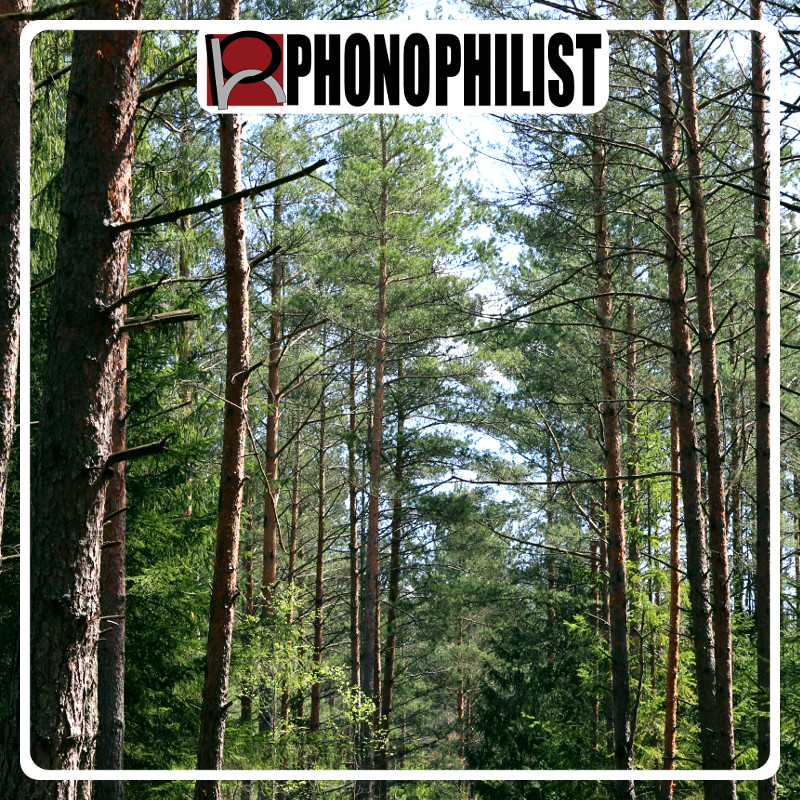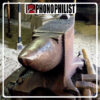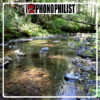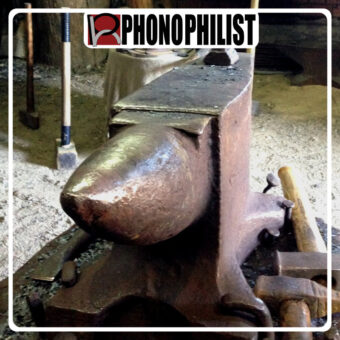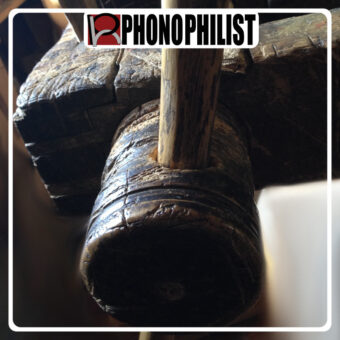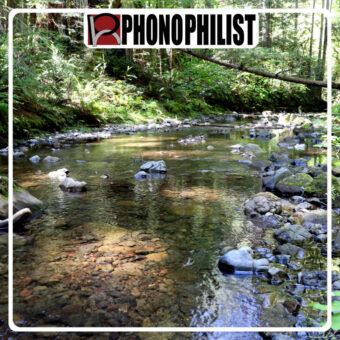IR, Forest reverb
$25.00
A collection of impulse responses recorded in the forest.
Number of Files: 134 (92 unique Impulse Responses + 42 additional versions)
Length: 441 Mb unpacked
Sample Rate: 192kHz/24bit
Gear Used: Neumann 185 MT stereo matched microphone pair with Sound Devices 702 recorder
Meta-Tagged
Forest reverb.
Why is it difficult to record a sound in a forest? There are many reasons for this:
- With so many other sounds in the forest, It is difficult to isolate the sound we want to record. It could be the singing of birds, sounds of animals and insects, the wind, the rustling of leaves, the creaking of the trees, the gurgling of a river, waterfalls, etc. that is stopping us from getting that perfect recording.
- It is difficult to protect some microphones from the wind blowing in the field. This is especially problematic for large diaphragm microphones.
- It is expensive and resource-intensive to transfer the necessary equipment in the forest and ensure that it is powered by electricity. Sometimes you need special tools for carrying equipment to bring it out of the studio.
- The need to have special clothing, shoes, tools for protection against insects, spare equipment, and many other small things.
- The weather conditions and unexpected events. Even with careful preparation, there is a risk of not obtaining the necessary result. The weather forecast, including rain or strong winds, can ruin all plans.
- Noises of human civilization. Airplanes and distant highways are big problems when attempting to record sounds in the forest. These days it can be difficult to escape the sounds of civilization, even if we are in a remote location.
What if, instead of going to the forest, to record the sound, we can find a way to bring the characteristics of the forest to us? Say, for example, we have recorded a sound in the studio like the sound of chopping wood or foley footsteps, but we want them to sound like they are in the forest?
There is a way to emulate this. To make our source sound like it is, in fact, in a forest. The answer is to use the impulse response of the forest and one of the convolution reverb plugins for your DAW.
An impulse response of the forest (or “forest IR”), is the sum of reflections from trees, foliage and the ground by very short signal at high volume. For this sound library, I recorded different impulses in a stereo at different locations of the forest with perfect conditions. Also, the library includes alternate versions without early reflections of some impulses for use in the processing of the sounds that are far away from the listener.
The locations are:
- Coniferous Dense Forest, In the Depths (three different places)
- Coniferous Forest, In the Center of 6 Meters Road inside the Forest
- Coniferous Sparse Forest, Between two Trees with lot of Early Reflections
- Coniferous Sparse Forest, In the Depths
- Coniferous Sparse Forest, In the Depths, With Direct Signal
- Coniferous Sparse Forest, In the Depths, Without Direct Signal
- Mixed Forest, Glade Big
- Mixed Forest, Glade Small
- Mixed Forest, In the Depths, Deciduous and Coniferous
- Mixed Forest, In the Depths, Deciduous and Coniferous – 02
- Mixed Forest, On the Top of the Hill
A wide choice of IR’s will allow you to choose the most appropriate nuanced impulse response for your material. As you gain more experience with this forest IR, you will find that you can quickly adjust the ratio and volume level for wet and dry channels and effectively use other options of convolution reverb. This powerful emulation forest reverb will be incredibly effective for your sounds.
For using these impulse responses, you need a convolution reverb plugin. There are some options on the market, but costs can be high. For starters, you can use a free convolution reverb from the following…
MConvolutionEZ by MeldaProductions (Win)
SIR by Christian Knufinke (Win)
For demo were used: Farm Animals, Blacksmith’s Bellows and Wooden Vise.
Track List

